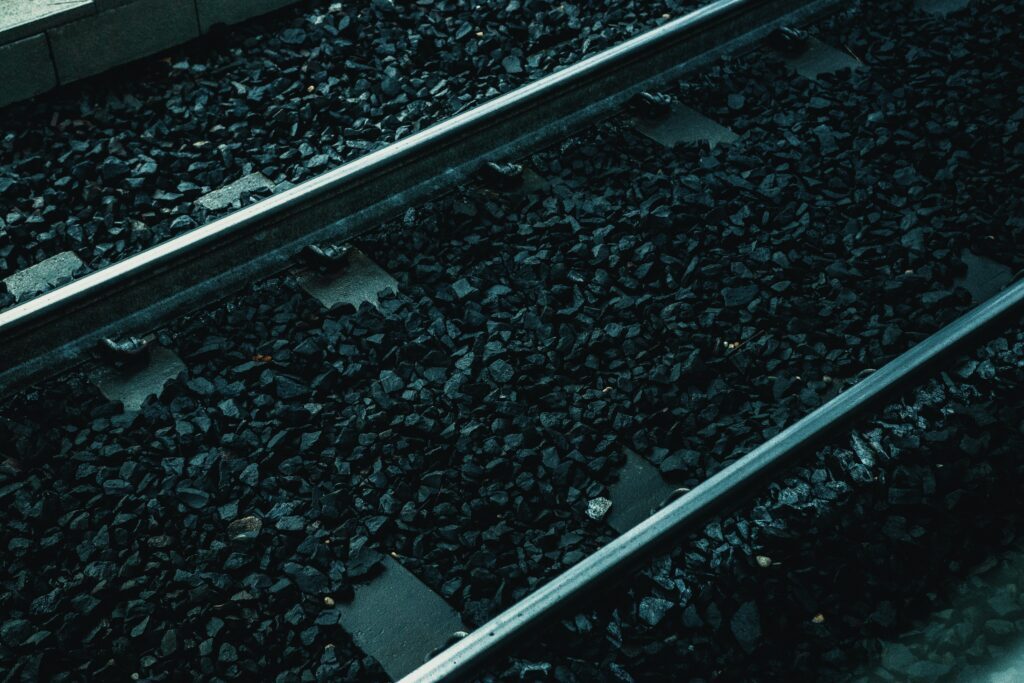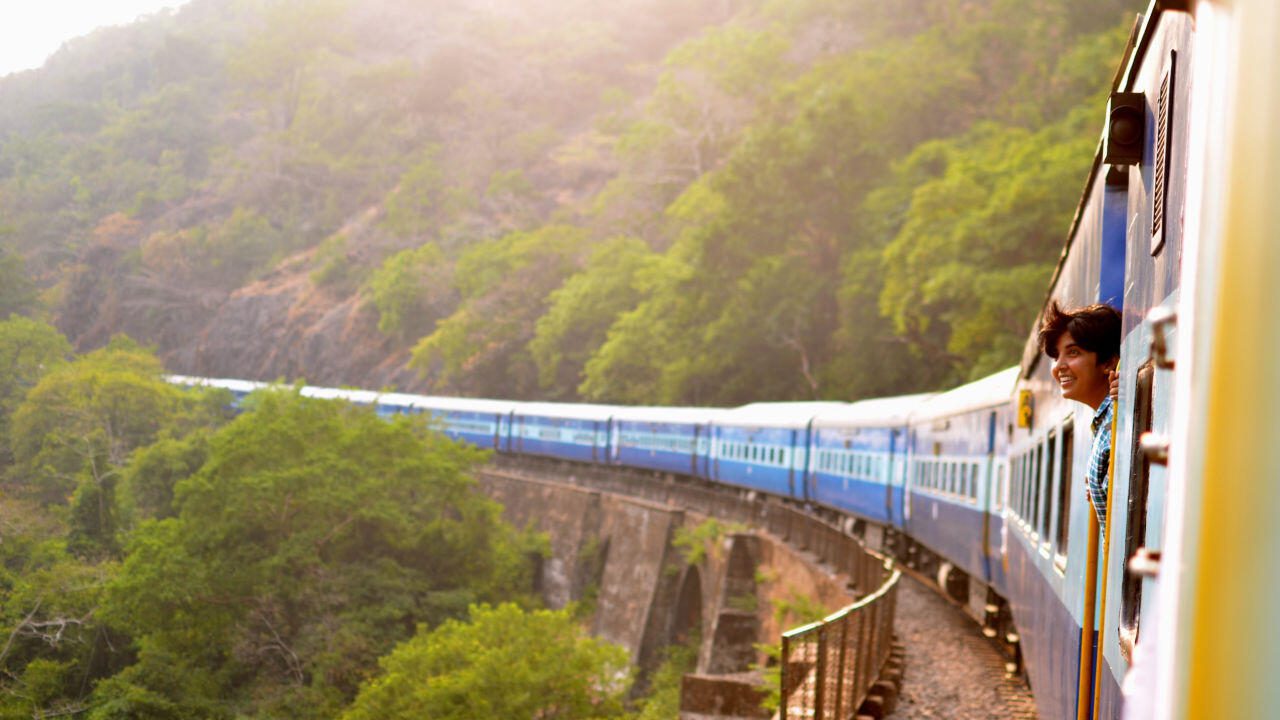Trains can be lengthy because they can pull a lot of weight behind them and onboard heavy-duty materials as they move on the railroad. The type of train most times determines its length. The freight train is longer than the passenger train as the former conveys goods while the latter transports passengers.
According to an article published by The U.S. Government Accountability Office(GAO), data on train length are not publicly available. However, it was stated that the average train length has increased by about 25 percent since 2008, with average lengths of 1.2 and 1.4 miles in 2017, and some trains are a 3-mile-long.
The Federal Railroad Safety Act of 1970 issues a comprehensive and uniform set of safety regulations in all areas of railroad operations. However, it allows state and local governments to regulate only those matters the Secretary of Transportation has not yet regulated.
Train Accidents
Train accidents are rare, but due to the length and vast expanse of the area it covers while traveling, a railroad accident can be frightening and very deadly. An example is The Ufa Train Disaster of 1989 that led to the devastating death of 575 people and injured 800 more. The 2008 Chatsworth train collision also left 25 killed and 135 wounded.
These accidents can be caused by a couple of reasons, including mechanical failure, negligence, suicides, unprotected railroad crossings, derailment, defective tracks, stalled cars on the track, etc.

These accidents sometimes lead to court cases as personal injury or wrongful death cases. One such case is Fort Worth & Denver Railway Company v. Williams, where a wrongful death action from a railroad crossing collision was instituted by the surviving widow and children of O. B. Williams, deceased, against the Fort Worth & Denver Ry. Co. Another case was the case of Carson v. CSX Transp., Inc, which was a wrongful death and survival action involving a train collision case.
During these cases, either of the parties can decide to use computer-generated animation as a form of evidence. It has been used in different cases around the world involving a railroad accident.
Ross v. BNSF
The case of Ross v. BURLINGTON NORTHERN AND SANTA FE RAILWAY COMPANY used animation during a railroad accident case. Elmer Ross was murdered in 2006 when driving a road grader across a crossing by a train owned and managed by The Burlington Northern & Santa Fe Railway Co. (“BNSF”). Dorothy Ross, his widow, filed a wrongful death lawsuit against BNSF in court.
BNSF presented a video clip of the incident recorded from a camera installed on the train’s front to establish that the train was visible and that Ross could have avoided the collision during the trial. On the other hand, the plaintiff utilized a computer-generated animation to demonstrate how impossible it would have been for Mr. Ross to see the train.
Belisle v. BNSF
The case of Belisle v. BNSF RAILWAY COMPANY also saw the use of animation during the trial of negligence on BNSF, leading to an accident. Belisle claimed that BNSF failed to provide him with a reasonably safe place to work, reasonably safe techniques for work, reasonably safe circumstances for work, and reasonably safe equipment for work, which resulted in his significant injuries.
Many more cases have seen the use of computer-generated animation in a trial, and some were excluded despite its use being proposed( see the case of Smith v. Kansas City Southern Ry. Co.). Hence, it is essential that if animation is to be used by either of the parties during a court case, it must be created with the highest level of accuracy and findings from reports by an excellent accident animator.






